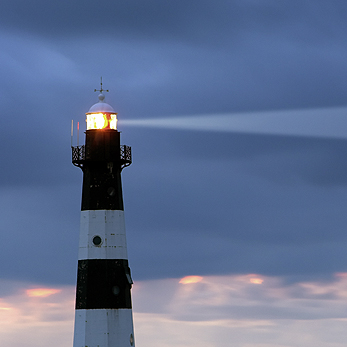Region III – Celtic Seas

Region III includes parts of the open Atlantic west of Ireland and Scotland, shallow seas surrounded by land in the Irish Sea and west of Scotland, numerous sea lochs, and large estuaries like the Shannon, Severn and Solway Firth. The most intense human activity in Region III is in and around the Irish Sea, particularly on the coasts, although population densities are not as high as around the North Sea and Iberian coast.
There are many different habitats here, including sea lochs and tidal mudflats, and thick beds of the red calcified seaweed called maerl which has built up over centuries. Most of the sea is relatively shallow. Region III supports some of the major migratory fish stocks of the North-East Atlantic, such as Atlantic mackerel, blue whiting and sea bass.
As in the North Sea (Region II), construction projects such as offshore renewable energy are increasing in Region III.
The QSR 2000 concluded that the quality status of Region III was generally good. Issues of high importance were: effects of pollution localised in urban estuaries; some fish stocks critically depleted; hormone disruption due to hazardous substances, including tributyltin (TBT) pollution; extensive coastal development; effects of climate change. Climate change has remained an ongoing concern.
| Eutrophication problem area extent | 0.1% |
| Monitored sites with unacceptable status | |
| – Mercury | 24% |
| – PAHs | 61% |
| Species under threat | 23 |
| Habitats under threat | 11 |
| MPA coverage | 3.5% |
Successes
Radionuclides down. Region III has benefited from a reduction in the discharge of radionuclides from the nuclear sector. In particular, there have been drastic reductions in the discharge of radioactive technetium from nuclear reprocessing activities at Sellafield (UK).
TBT down. Region III is the Region with the greatest proportion of monitored sites where the impacts of TBT are now at acceptable levels, but there are still some problem areas close to harbours and busy shipping lanes.
Recovery for some fish communities. Recent trends show an improvement in the structure of fish communities that live on or near the seabed, particularly in the north of Region III. Following the adoption of a long-term management plan, the northern hake stock recovered and is now classed as sustainable.
Ongoing concerns
Damage to seabed habitats. The seabed in shallow areas of Region III, including areas of sediment, rock and some biogenic reefs, has been significantly damaged by benthic trawling.
Increasing pressure from human activities. Pressures on species and habitats in Region III are expected to rise as coastal and offshore engineering activities increase. Many more offshore wind turbines are expected to be installed in the coming years and wave and tidal power generation developments may be introduced. Little is currently known about the long-term effects of these activities on ecosystems because there are so few and they are all relatively new. Their construction can disturb marine mammals and their presence may displace seabirds, but they can also provide retreat areas for fish.
Some fish have low stocks. While trawl effort has fallen in the Irish Sea and to the west of Scotland, fishing effort is still high in Region III. Some beam trawlers have switched to otter trawling or scallop dredging, a fishery without quotas.
Several fish stocks are harvested unsustainably. Cod and whiting are depleted to the west of Scotland and in the Irish Sea. To date, recovery plans for cod have not been effective in rebuilding the Irish Sea stock.
The amount of fish caught and discarded in Region III must be addressed and by-catch is still a problem in some areas.
Poor knowledge of the status of marine mammals. At present, there are insufficient data on the populations of marine mammals in Region III. Harbour seals are counted every five or six years, the bare minimum to assess their status, and other marine mammals have little systematic recording.
Hazardous substances unacceptable at some coastal locations. Heavy metal, PAH and PCB concentrations in sediment, fish and shellfish have fallen, but are still above acceptable levels in some coastal areas of Region III, mainly around the Irish Sea. Concentrations of PAHs and PCBs are unacceptable at more than half the sites tested.
High levels of litter. On beaches around the Irish Sea there are unacceptable quantities of litter, reaching over 1000 litter items per 100 m beach in some areas. This can be dangerous to seabirds, and to turtles and marine mammals when washed into the sea. Much of this litter probably comes from sources on land.
What should be done?
- Develop coordinated spatial planning
Demand for space from human activities is increasing, especially for marine renewable energy developments, so improved marine spatial management is particularly urgent. - Reduce marine litter
Monitoring of marine litter must continue. OSPAR needs to promote efforts to stop litter entering the marine environment. - Promote sustainable fishing
OSPAR needs to promote fisheries management plans that address depleted stocks, and encourage the adoption of rules to prevent fishing from damaging the seabed.

